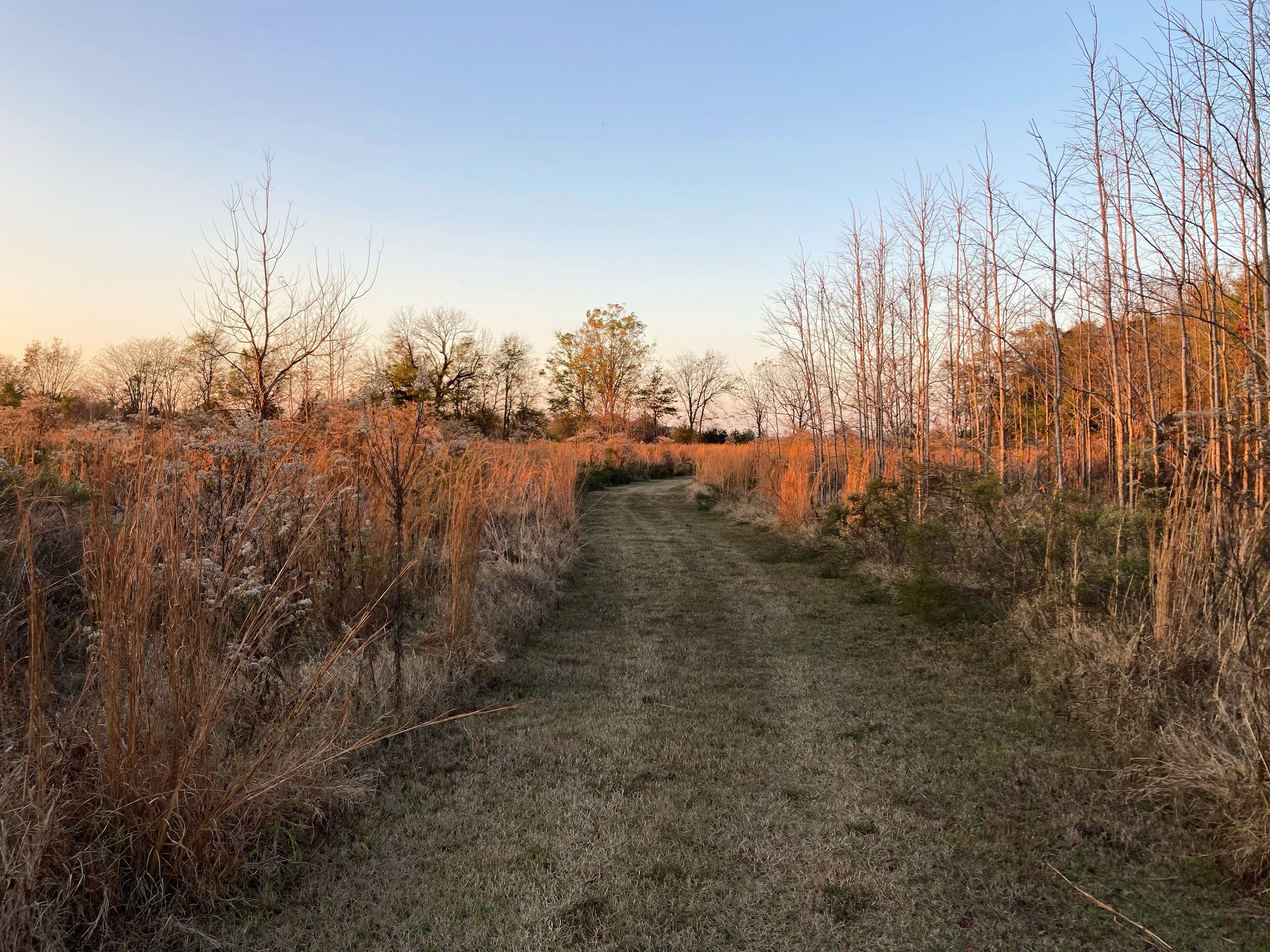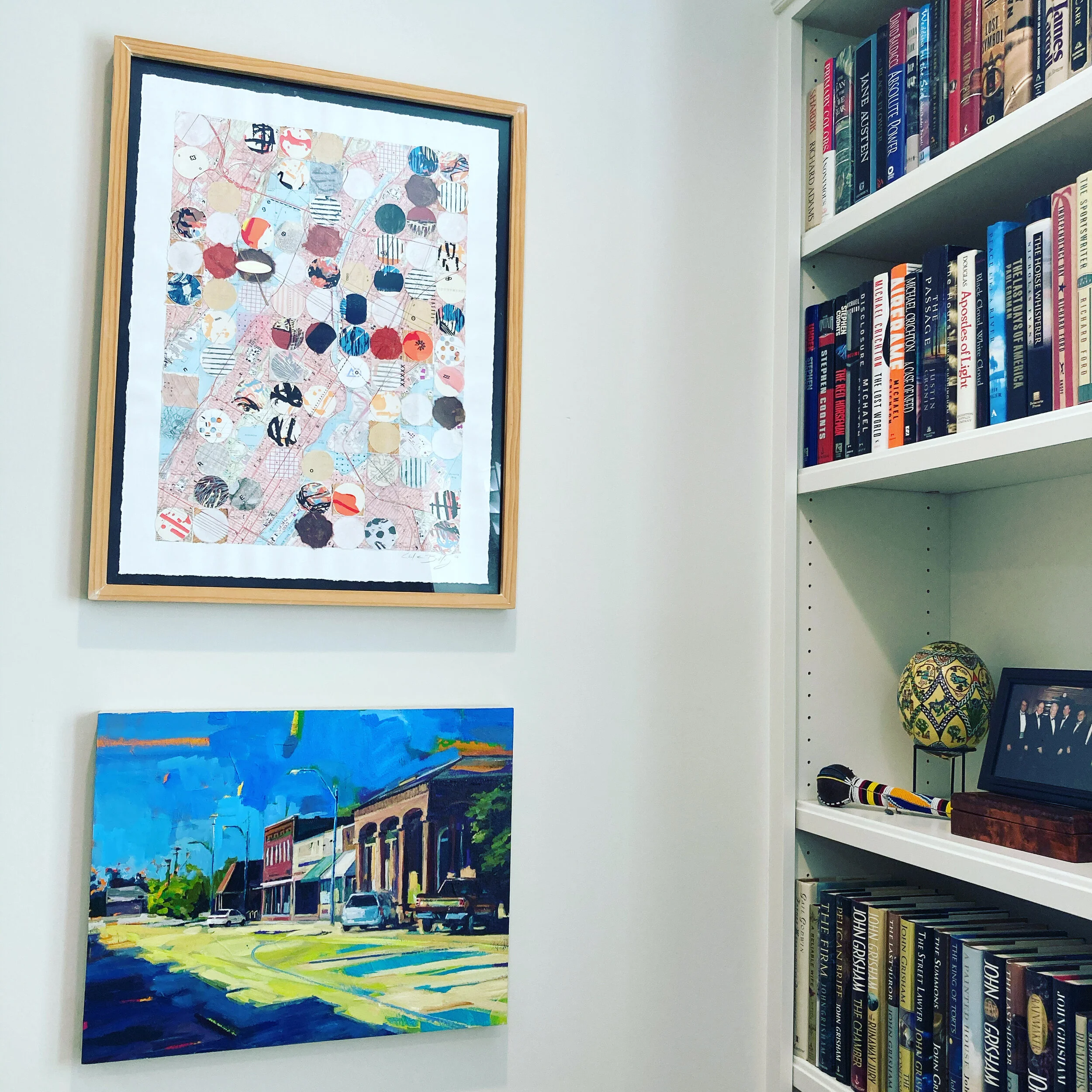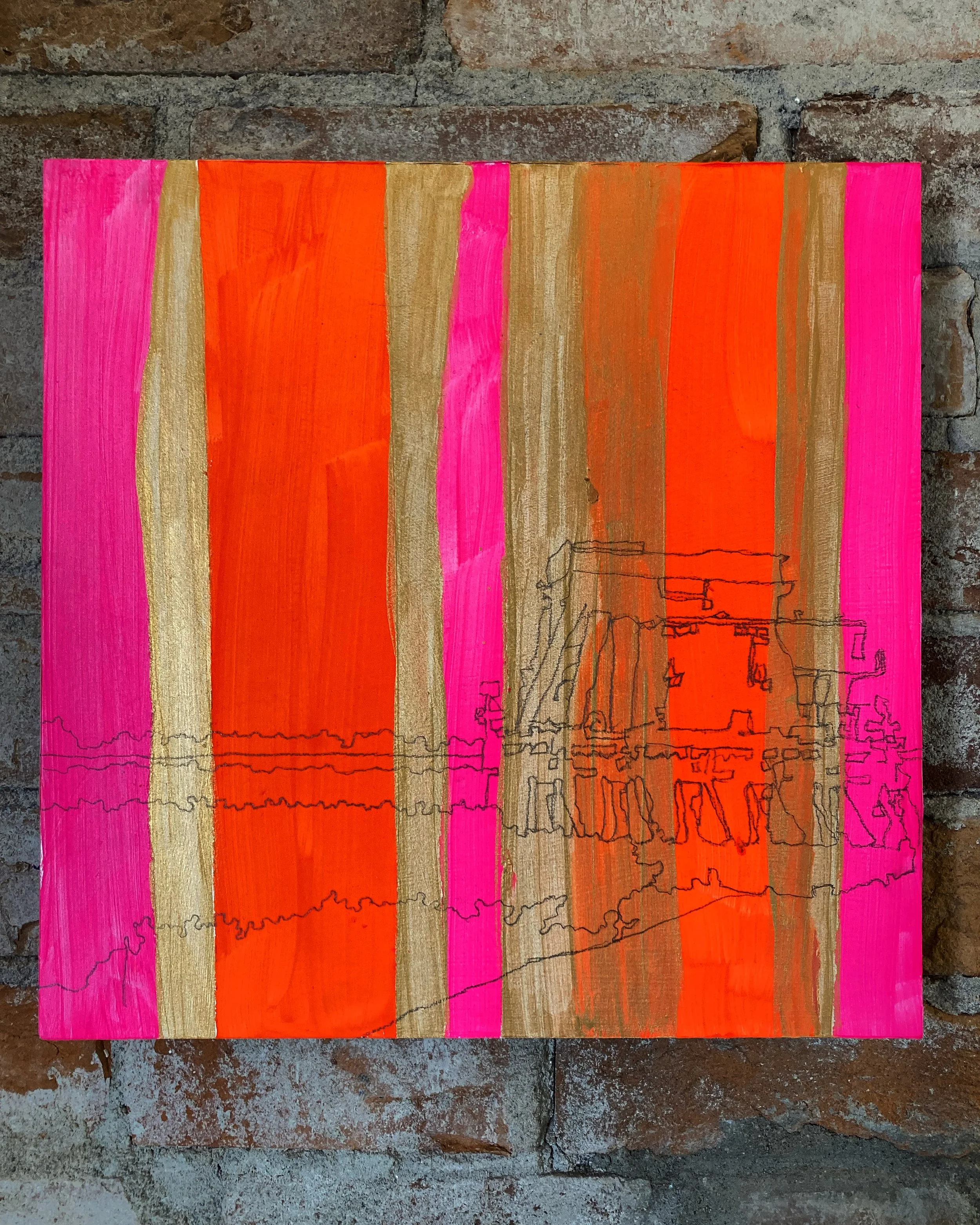A small town of 1800 residents in Quitman County in the heart of the Mississippi Delta, Marks played a big role in the histories of Civil Rights and American music. In June 2019 (which seems like a lifetime ago), I spent time with Mrs. Velma Benson-Wilson, the former Quitman County Administrator and current Director of Tourism and Economic Development for Quitman County, to hear her stories and the history of the area. She also gave me a wonderful list of what to see and do while in Quitman County for a weekend.
Read More“On May 13, 2021, history was made once again in Marks, Mississippi. After three years of planning and hard work… the Civil Rights Marks Mule Train Interpretive Trail was unveiled to commemorate the 53rd Anniversary of the 1968 Mule Train & Martin Luther King, Jr’s Poor People’s Campaign.
This historic trail showcased eleven markers, displaying the history and activities, which took place fifty-three years ago of Dr. King’s visit to Marks/Quitman County, and earned Marks the duly distinction of being known as the ‘Home of the Mule Train.’ ” Text by Velma Benson-Wilson and Cynthia Goodloe Palmer
Read MoreWait. What day is it? I don't know about you, but this pops into my head everyday rbefore New Year's Eve.
In the spirit of providing you with entertainment options while you too are wondering what day it is, I created a short list of things I enjoyed reading, watching, and listening to in 2022.
Say what?
Artist who?
In a sentence, Artist Relocation Programs attempt to lure artists to live and work in their communities, knowing full well that artists can transform places.
Read MoreIf you’re a civic leader, or part of a community organization, you may consider the benefit of inviting a local artist to be a part of what you’re doing. Or you could invite a non-local artist to live in your community for bit. We creatives thrive on transforming a set of challenges into a new possibility. Our brains are wired to see potential, to see something better.
Read MoreI heart road trips times infinity. In the summer of ‘98, nineteen-year-old me drove from Mississippi to southwest Virginia. Hopping in a car for a dozen hours has been an impulse ever since. With road trips on my brain, I tapped my online community to see what sage wisdom they had. Gather round, folks.
Read MoreA big part of The What’s Good Project involves traveling around to different communities and convincing folks - many of whom have never met or heard of me - to tell me stories about inspiring aspects of where they live.
My mother is a journalist. My father is a trial lawyer. I majored in cultural anthropology. I’m also a Southerner. I come by asking strangers personal questions pretty naturally.
Read MoreGreetings! In this final installation (see what I did there) of how to hang art on your walls, we’ll be going over the nuts and bolts (ha) of the hanging part, i.e. what tools you need, measuring formulas, and best practices for showcasing your work in the best light possible (it’s just too easy).
Read MoreMy awesome intern Paige created this short video about the evolution of Deep Roots, the final painting inspired a conversation I had in 2019 with Drick Rodgers and Julia Rodgers Clark in Rolling Fork, Mississippi.
Read MorePlacing art within a space can be intimidating, particularly if you’re a newbie. Where should it go? How do you create a meaningful visual experience in your home? Do you need all new furniture to match new work? And finally, how do you hang art, particularly if you’re allergic to power tools?
Let’s walk through some of these questions one by one.
Read MoreI am cheap. I come from a long line of proud cheapskates. My mother had us bring home Ziploc bags from our lunchboxes so she could wash and reuse them. I am incapable of throwing cardboard boxes away and I make my own damn chicken broth. I try to trick myself into believing I’m some kind of misplaced pioneer or a diehard environmentalist, but really, I am cheap. So no surprise that when I absolutely must frame something, you better believe I am going to find a “vintage” option. Here’s a list of tips that I use to find perfectly good frames to upcycle.
Read MoreLast week, I wrote a little about discerning whether you need a frame or not.
And you may have thought “I just spent a bunch of money, so it’d be great NOT to frame” or decided “I want to display my cool postcard or print collection and I do NOT want to wait until I can afford frames for all 78 of them.”
Congrats! You’re not alone! And you have lots of options!
Read MoreI once taught a class at Iowa State University on how to run a gallery and how to use the gallery to engage the local community. One of the first classes each semester was on how to install an art exhibition. This involved spreadsheets, cleaning supplies, post-it notes, levels, drills, and lots of math. I get a lot of questions from friends and family on the reg about where and how to frame and hang their art, so I thought I would share some insight.
Read MoreWelcome back! For the past two weeks, we’ve discussed why you should begin an art collection, and how to start an art collection. This final segment is a best-practices-approach to buying art: connecting with artists, supporting their practice, and purchasing their work.
Read MoreMaybe you definitely would like to support more artists and buy more art, and you have no idea where to begin. You’re in luck! Here are a couple steps to get you clear on the art and artists you’d like to support, plus a few ideas on how to find these wonderful folks.
Read MoreTrue confession: It took me 34 years to call myself an artist. I’m embarrassed to say that I associated that label with a whole mess of bad connotations that I mistakenly bought into and wanted to avoid. I also had major imposter syndrome, and being told by a former professor that I didn’t have any talent really didn’t help matters.
Read MoreI made a short video about the creation of Ingrained Care, a new painting inspired a conversation I had in 2019 with Drick Rodgers and Julia Rodgers Clark in Rolling Fork, Mississippi.
Read MoreIn early November 2019, I spent a lovely afternoon with Julia Rodgers Clark and Drick Rodgers on their family farm outside of Rolling Fork in Sharkey County, Mississippi. I loved on horses, rode in a cotton picker, peeked into Mont Helena, and listened to remarkable family stories and histories. At 15 people per square mile, Sharkey County is the second most rural county in Mississippi, and is the birthplace of both Muddy Waters and the teddy bear. Read on for a list of what to do, where to stay, what to eat, and where to visit.
Read MoreRecently, I co-facilitated How Can Community Arts Help People Feel Like They Belong in Your Town?, a Small City Workshop for the Iowa League of Cities.
This workshop is part of the Rural Shrink Smart initiative, a interdisciplinary team funded by the National Science Foundation that's exploring how to increase the quality of life in rural communities with shrinking populations.
Creatively, I've been mulling over patterns. Literal and physical patterns in our environment, such as architecture, wallpaper, row crops, as well as cultural patterns. How single motifs or behaviors add up in meaningful ways over the course of a lifetime of a person or a landscape or a community. How we repeat the same societal patterns over and over and over until they become calcified habits in our communities, no matter the cost or damage.
And how change happens in spite of all that.
(You know. Breezy stuff.)
Here's how that's starting to show up on the easel.
Read More


















